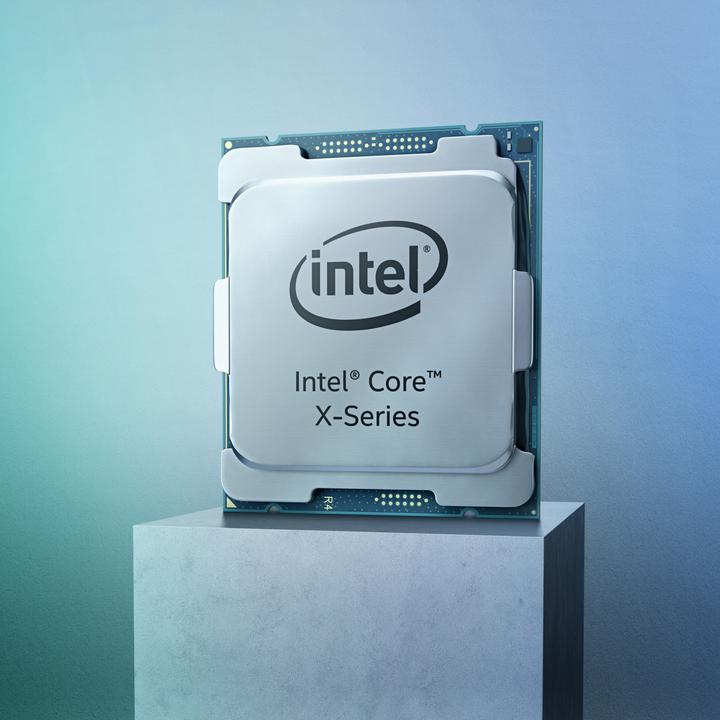Intel introduces the Intel Core X-series processors in October 2019. Four new processors are suited for advanced workflows that vary in need for photo/video editing, game development and 3D animation. (Credit: Intel Corporation)
Not all CPU cores are created equally. Intel's fabrication process lends to subtle differences between each core's voltage, power, and thermal capacity, which does make changes to the performance of each core. Each current-generation Intel CPU is designed to find the fastest and most power-efficient core and label it as the favored core.
Intel's Turbo Boost Max Technology 3.0 Identifies the fastest cores and labels them as Favored Cores!
With the said feature, Intel CPUs to improve the performance of single-threaded applications by moving these single-threaded workloads to the faster, favored / best core. This technology works by using a driver and information store on the CPU to select workloads that fit the needed specifications to be able to be moved to favored cores. Intel themselves state that you can the new Boost 3.0 algorithm can improve performance by as much as 15% for single-threaded applications.
AMD Ryzen 7000 CPUs Might Have An Advantage Over Intel’s Raptor Lake DDR5 Memory Capabilities As 5200 Mbps ‘Native’ Speeds Listed For 13th Gen

Intel Turbo Boost Max Technology 3.0 is a combination of software and hardware that delivers more than 15% better single-threaded performance. Now available on select Intel Core X-series processor family for Intel X299 platforms. via Intel
Microsoft's Windows OS natively supports this feature and is enabled by default so there is no need to activate in the BIOS. You'll need Windows 10 x65 - RS5 distribution or later to be able to take full advantage of the Turbo Boost Max Technology 3.0 feature.
Intel's Favored Core feature with Turbo Boost Max technology 3.0 can help increase performance by up to 15% in single-threaded workloads. (Image Credits: Tomshardware)This newer technology doesn't replace Intel Turbo Boost Technology 2.0, which indicated the highest possible frequency achievable across all the cores rather than just a single core or two cores. Intel Turbo Boost Max Technology 3.0 enhances the Boost Technology 2.0 by having one or two favored cores, which increases the frequency of these cores even more.
Some factors impact the Turbo Max Technology 3.0:
Certain Intel Core X-series CPUs support Intel's Turbo Boost Max Technology 3.0 on Intel x299 chipset, these CPUs can use this technology efficiently:
Share Tweet SubmitStay in the loop
GET A DAILY DIGEST OF LATEST TECHNOLOGY NEWS
Straight to your inbox
Subscribe to our newsletter









